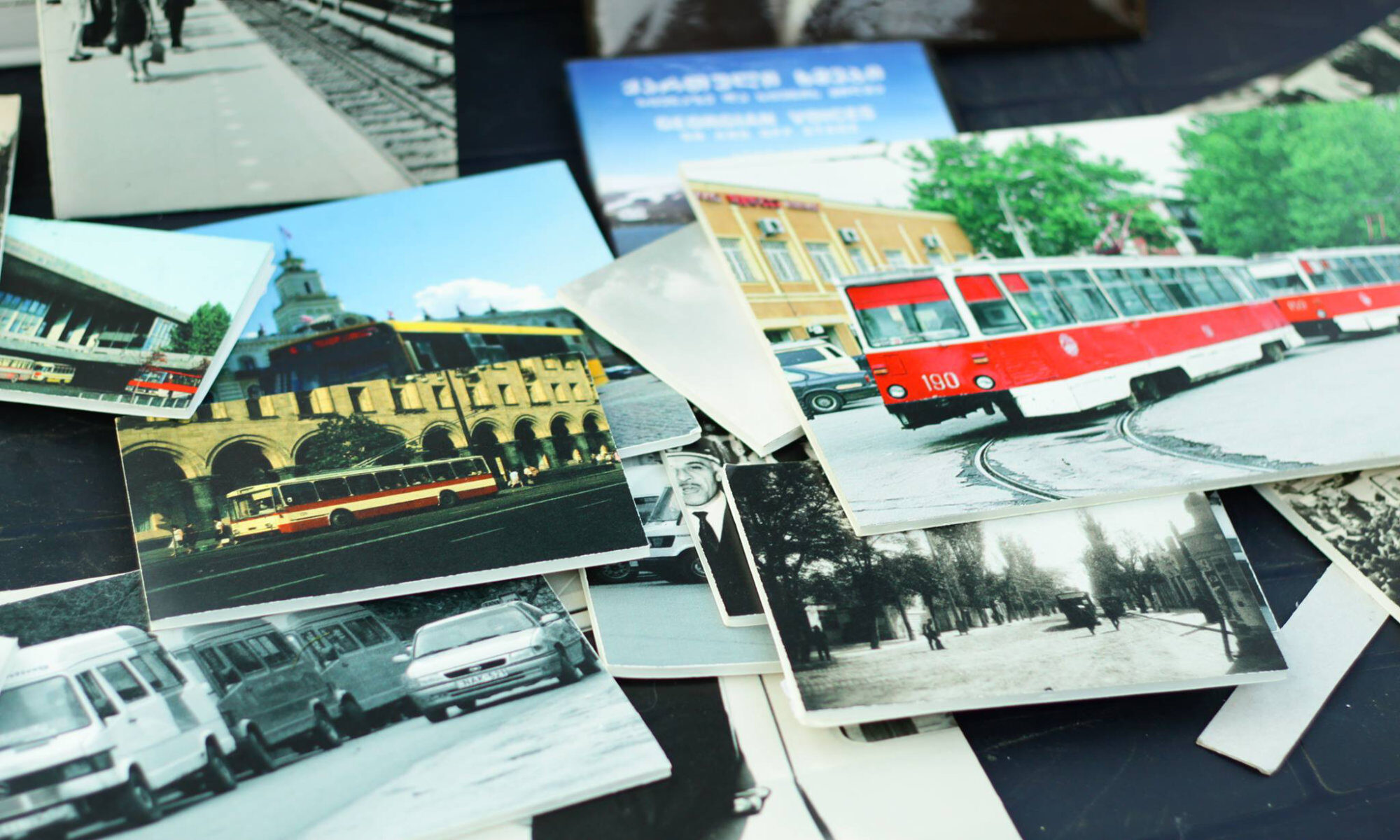
Following the launch of the mass housing campaign under Nikita Khrushchev, the cityscape of Soviet Samarkand still remains some changes and continuities of it. This paper examines the planning, building, appropriation, and renovation of public and private housing on the level of practices rather than policies and discourses. It relates these practices to the specific temporalities of Samarkand’s landscape, such as the life cycles of inhabitants, the change of seasons, or the timelines of material decay, among others. Continue reading “The Soviet city as a landscape in the making”
